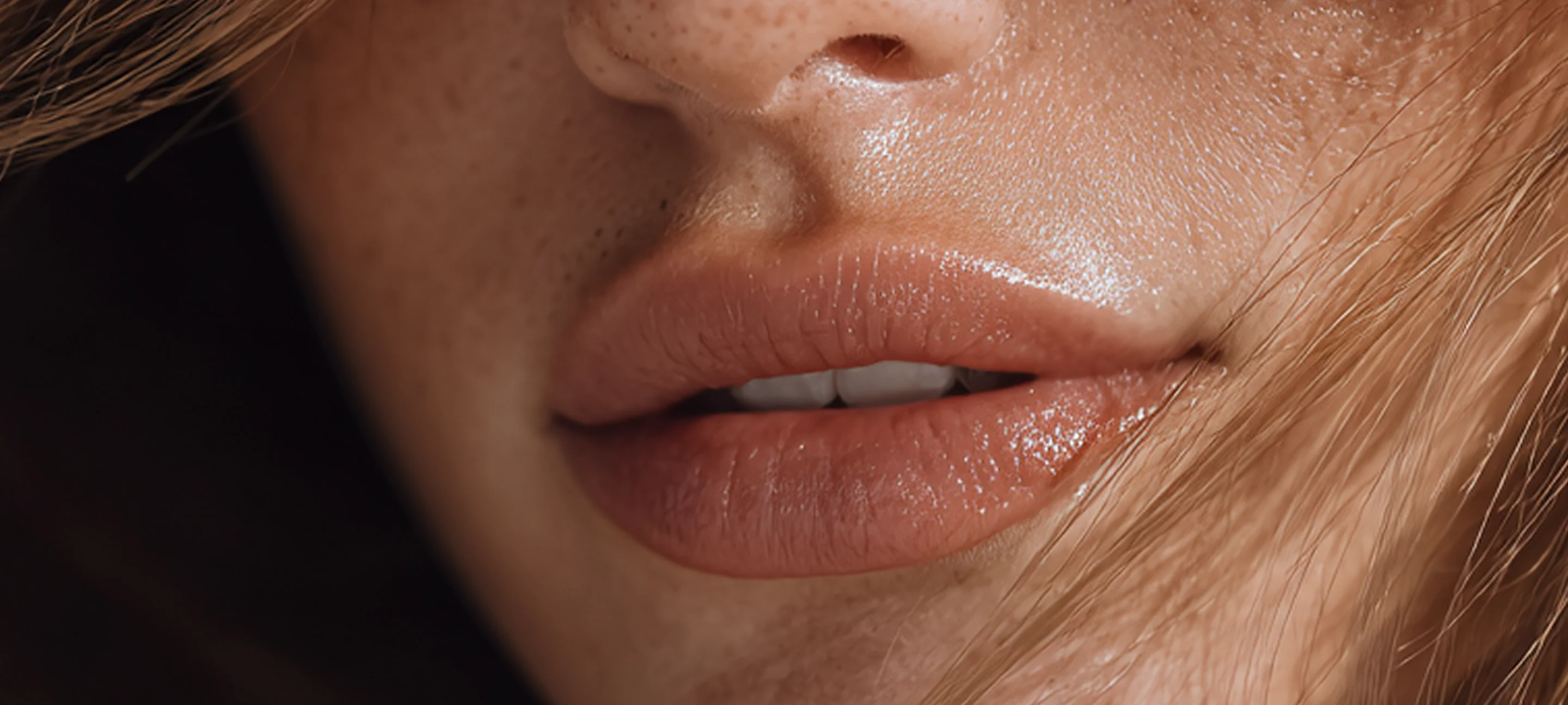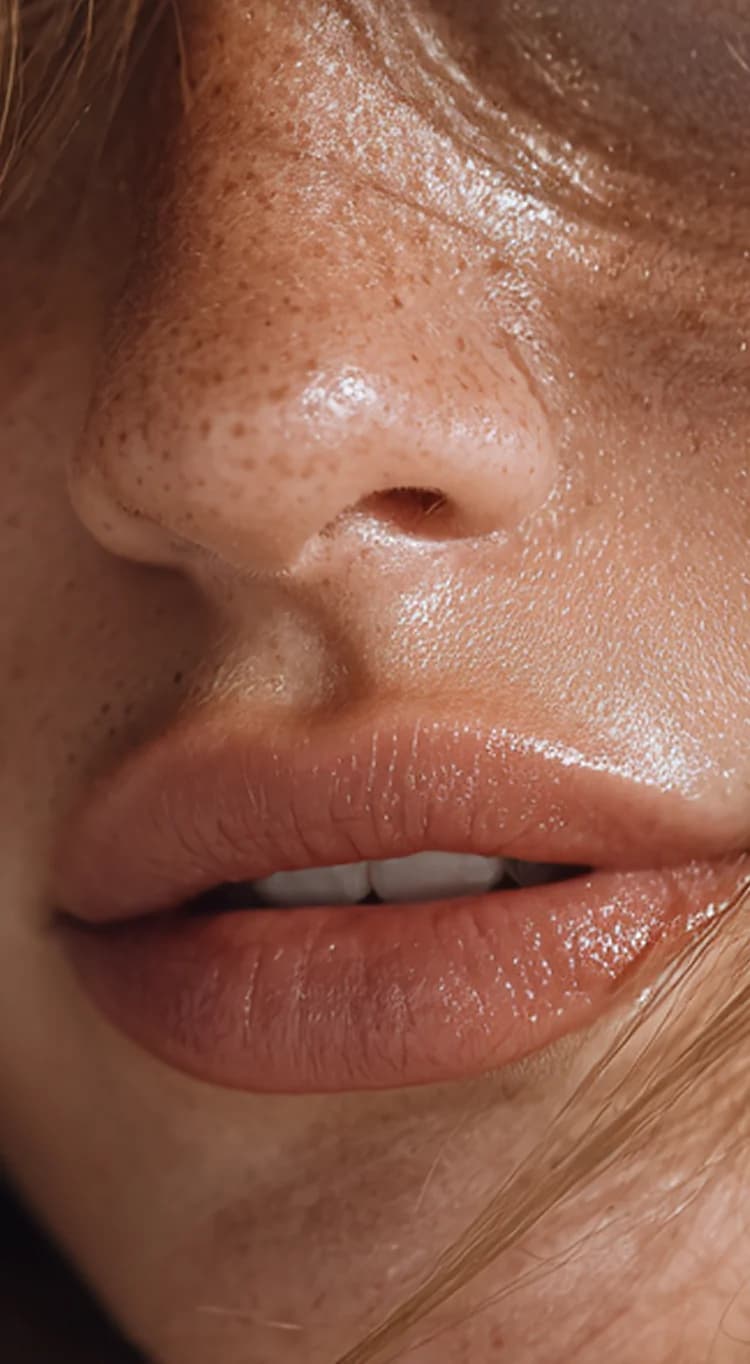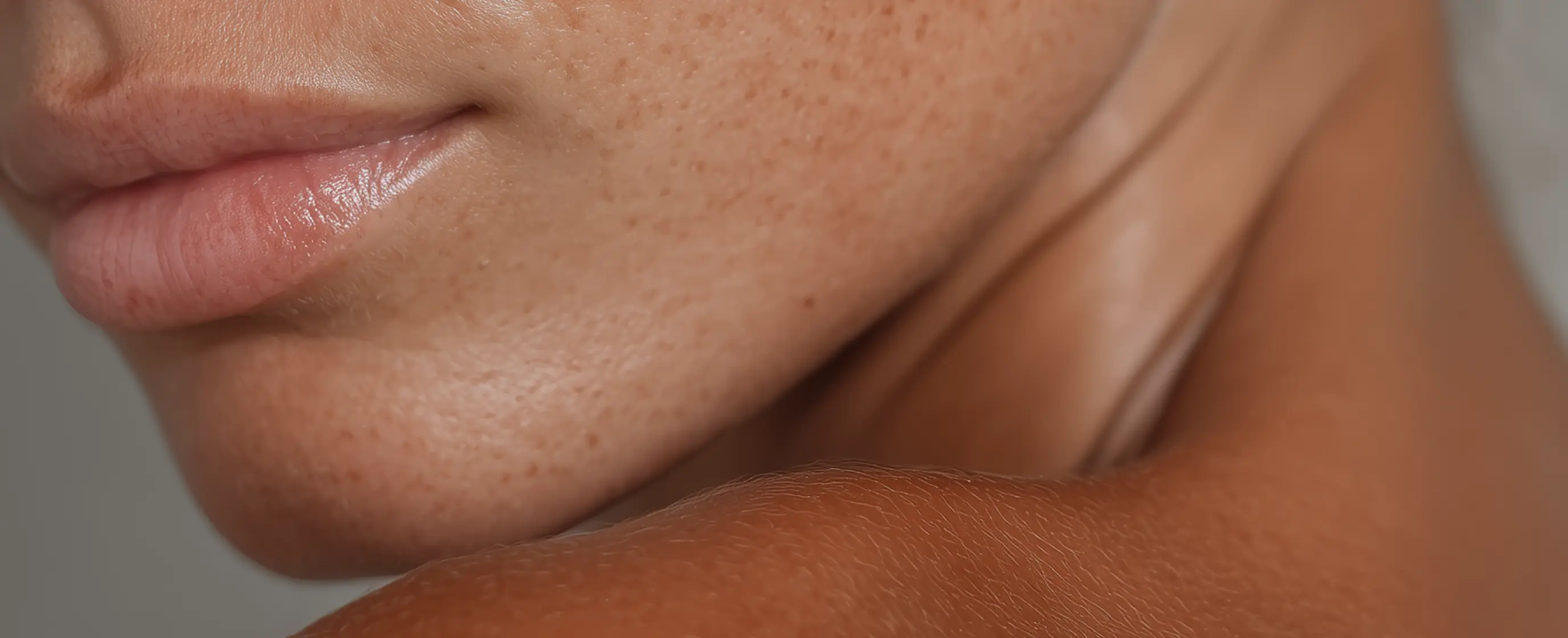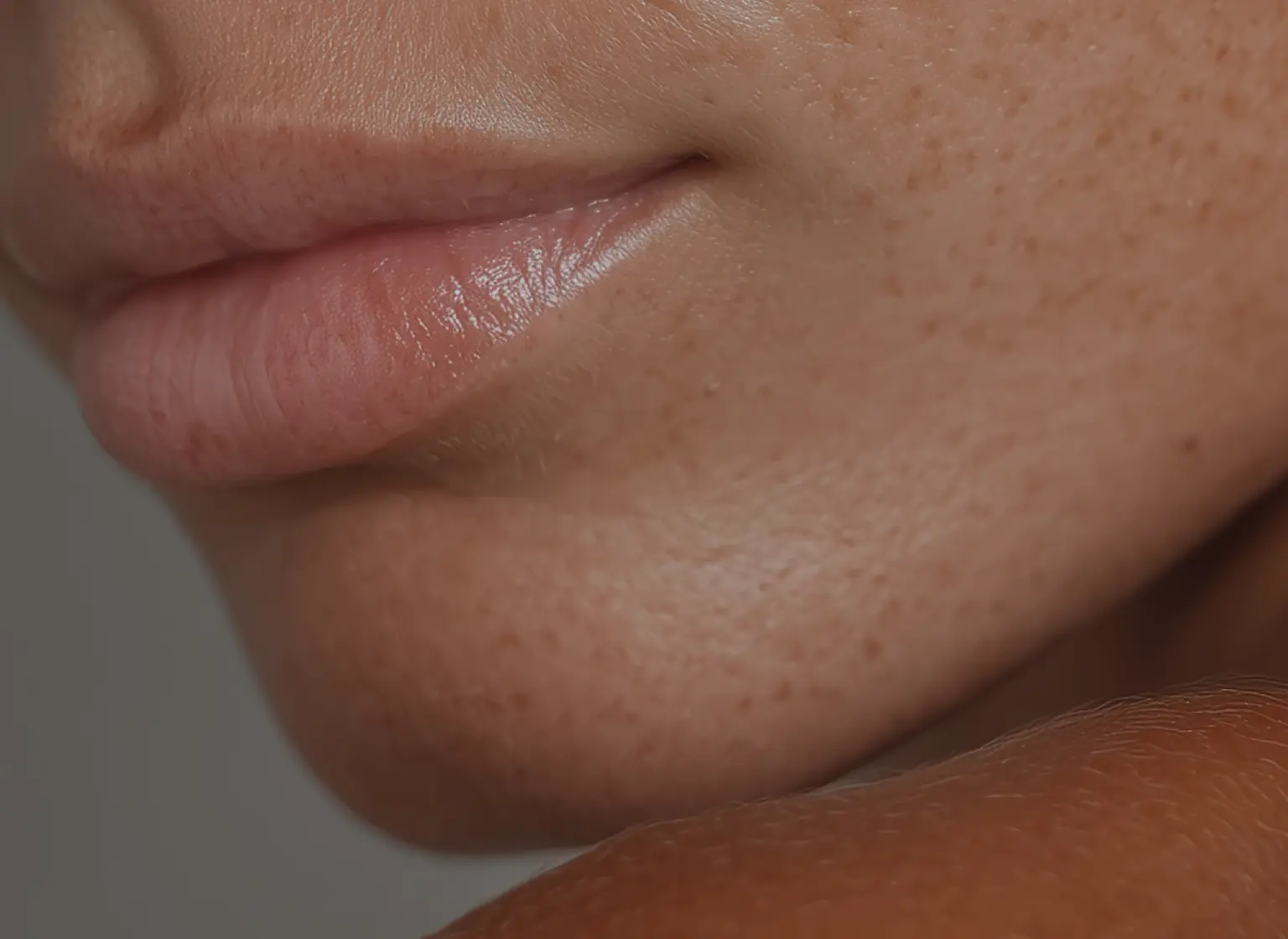WHAT IS LIP FILLER?
Lip filler is a non-surgical treatment that enhances the shape, structure, and volume of the lips using hyaluronic acid — a substance naturally found in the skin that retains moisture and adds subtle plumpness. When performed by a qualified practitioner, results look soft and natural — not overfilled.
IT CAN BE USED TO:
- Add or restore volume
- Define the lip border
- Balance uneven lips
- Smooth vertical lip lines
- Improve overall lip symmetry
Lip Filler treatments available on marbl
What to Expect
A hyaluronic acid–based filler is injected into precise areas of the lips using a fine needle or cannula. The filler binds water molecules within the skin, adding structure and volume. Practitioners can focus on the body, border, or corners of the lips depending on the desired look.
Treatment time
30–45 minutesPain level
mild to moderate — numbing cream is usually appliedDowntime
minimal; lips may feel swollen or tender for 24–48 hoursWhen results appear
immediatelyFull results
after swelling settles (typically 3–5 days)Longevity
6–12 monthsLook and feel
softer fuller and hydrated lips with a natural shapeIS IT RIGHT FOR ME?
THIS TREATMENT MAY BE SUITABLE IF:
- You want to subtly enhance your natural lip shape or volume
- You've lost volume due to ageing
- You'd like to define your lip border or improve symmetry
- You want immediate results without surgery
Pre-Care & Aftercare
BEFORE YOUR APPOINTMENT
- Avoid alcohol aspirin and ibuprofen for 24–48 hours to help minimise bruising
- Pause retinoids and exfoliating products for 3–5 days
- Stay hydrated and arrive with clean makeup-free skin
- If you're prone to cold sores let your practitioner know — you may need a preventative treatment
AFTER YOUR APPOINTMENT
- Avoid touching or applying pressure to the lips for 24 hours
- Skip lipstick makeup or active skincare products for 24 hours
- Avoid exercise saunas or alcohol for 24 hours
- Apply a cool compress if mild swelling or bruising occurs
- Swelling typically subsides within 2–3 days
top clinics to get Lip Filler in your area
reviews
Never having had any procedures previously I was very nervous about getting lip fillers, however, Claire was very professional and made me feel totally at ease, taking her time to explain everything and only doing a little at a time so that I could see the effect. One of the things that really impressed me was Claire scanning my lips to ensure she didn't hit any blood vessels, this is not something that anyone I've spoken to had ever mentioned, however, no-one I know has been to the Sunflower Room. I also expected the procedure to be painful, given what others had reported, but I can honestly say I only felt a wee short scratch a couple of times throughout the whole process. I would definitely recommend the Sunflower Room, amazing environment and amazing friendly staff 💋
Nikki Goodwillie
I felt super comfortable within the clinic. All the staff I spoke to were so friendly and it’s a lovely space to be in. I wanted natural looking lips, during a consultation I was asked what I was hoping for, pictures were then done and the treatment was fully explained, this made me feel confident I’d chosen the right place for the treatment. I’m so pleased with the result, they are better than I was expecting. Kristeen checked in throughout to make sure I was comfortable and explained what she was doing as it was going on so I knew what to expect. I’m so happy with the outcome I will definitely recommend to others and when the time comes I will definitely be returning! Thank you all! (Review by K Waugh - not D Waugh)
David Waugh
I was nervous about having lip filler for the first time, but Dr Rebecca explained the procedure and talked me through each step of the process. She was very kind and reassuring and I felt very confident about the treatment. She also provided aftercare items and advice. I’m very happy with the result.
Nicola Pescott
Laura is amazing!! She made me feel so welcome & comfortable. I could tell straight away she knows her stuff and so I was happy to trust her judgment. Very very happy with my lips thank you!!
Corrine Stanhope
I had lip filler done with Hannah and I couldn’t be happier! The whole experience was amazing from start to finish. She made me feel so welcome and completely at ease. The treatment was painless, and she talked me through everything so I knew exactly what to expect. My lips look incredible, natural, balanced, and exactly what I wanted. Highly recommend Hannah to anyone considering filler!
Amrita Gill
I don’t have a lot to say because I don’t need to say a lot other than that I am really happy with my lips and I would not go anywhere else! I did A LOT of research before getting my lips done for multiple reasons including safety and aesthetics and I’m so glad I found Hannah. I wouldn’t trust anybody else! She’s completely honest and not your usual practitioner just trying to make money - she will happily do herself out of money by refusing to put too much filler in your lips and ruining them as she actually cares what you look like and also has an excellent reputation to uphold! Thank you so much! So grateful I found you!
Laura S
Hollie was an absolute GEM! She spoke me through everything I needed to know in great detail, which made me feel relaxed and comfortable as to what she was putting in my lips, it was also an extremely clean and sanitary environment. I had a little ‘think I’m going to pass out’ moment and both Hollie and the lady at reception (I’m sorry I didn’t catch her name) both gave me the best care and it passed within minutes, you’re definitely in the right place if that ever happens. Thank you so much ladies for this memorable experience, and I will never go anywhere else. Also I LOVE LOVE LOVE my lips, I feel so confident today😊
Megan Solway
I visited Hannah because I had concerns that my lips were uneven. This was my first time having them done and I knew I wanted a really natural result. She went above and beyond taking me through different options, carefully explaining things to me and made me feel so at ease! Her work is amazing and I am so happy with the results. It’s exactly what I wanted. I couldn't recommend Hannah enough and If I ever had any other aesthetic concerns I wouldn’t be going anywhere else!
Grace Goldsworthy
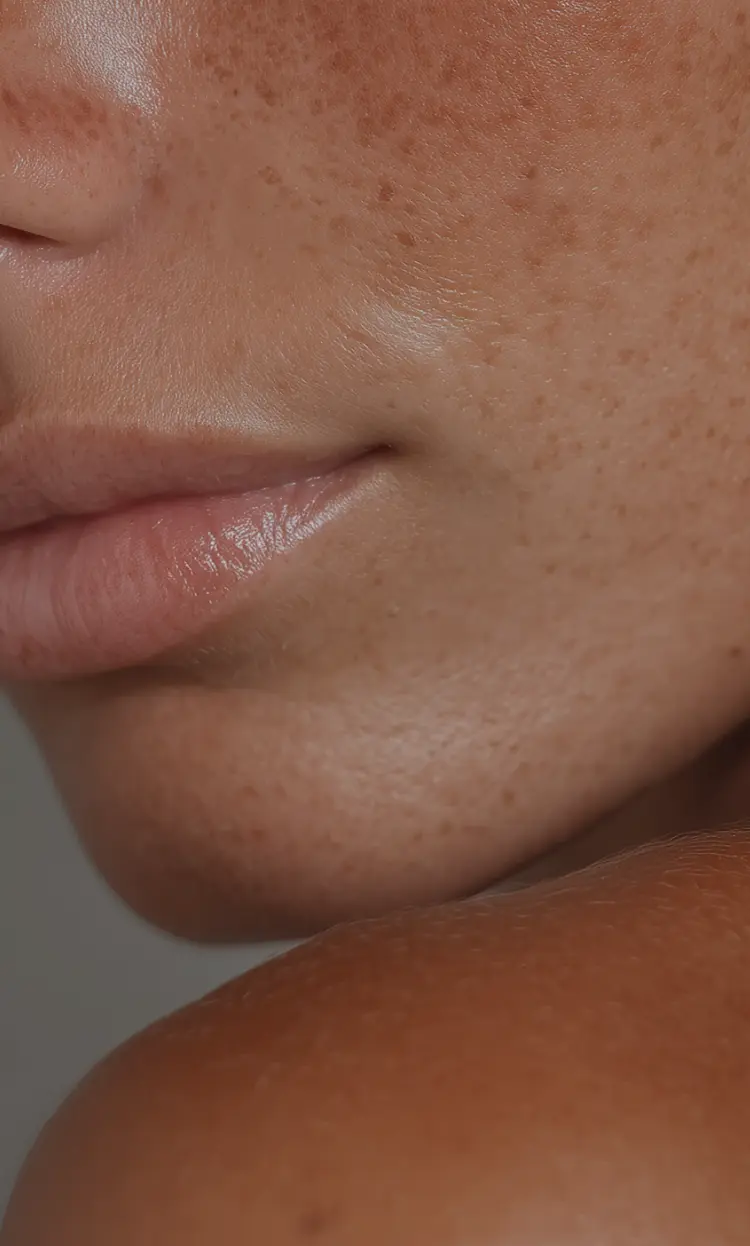
Not sure if Lip Filler are right for you?
Answer a few quick questions to discover treatments tailored to your goals.
FAQs
Lip filler typically lasts between 6 to 12 months, though this varies depending on several factors. The type of filler used, the amount injected, your metabolism, lifestyle habits and how expressive your lips are all play a role. Some people notice their filler breaking down more quickly if they exercise frequently, have a fast metabolism or are very animated when speaking. Most practitioners recommend booking a review appointment around 6 months after your initial treatment to assess whether you need a top-up. With regular maintenance sessions, some people find their results last slightly longer over time as the lips adapt to the filler.
Most people experience some discomfort during lip filler injections, but the level of pain varies from person to person. The lips are a sensitive area with many nerve endings, so you may feel stinging, pressure or pinching during the procedure. However, most practitioners use fillers that contain local anaesthetic (lidocaine) and may also apply numbing cream beforehand to minimise discomfort. Many people describe the sensation as tolerable rather than painful. After treatment, your lips may feel tender, swollen or bruised for a few days, but this usually settles quickly. If you are particularly anxious about pain, discuss your concerns with your practitioner beforehand so they can take extra steps to keep you comfortable.
Fillers for lips are injectable treatments used to enhance the size, shape and definition of the lips. They are most commonly made from hyaluronic acid, a substance naturally found in the body that attracts and holds moisture. Lip fillers can add volume to thin lips, improve symmetry, define the lip border, smooth out fine lines around the mouth or create a fuller, more balanced appearance. The treatment is temporary and gradually breaks down over time, giving you flexibility to adjust or maintain your look. A skilled practitioner will tailor the type and amount of filler to suit your facial proportions and aesthetic goals, aiming for natural-looking results that enhance rather than dramatically change your features.
Lip filler swelling is very common and usually peaks within the first 24 to 48 hours after treatment. Most people find that the majority of swelling subsides within 3 to 5 days, although some mild puffiness or unevenness can linger for up to two weeks. The extent and duration of swelling varies depending on individual factors such as the amount of filler used, your natural healing response and whether you experience bruising. To manage swelling, your practitioner may recommend applying ice packs, keeping your head elevated, staying well hydrated and avoiding strenuous exercise, alcohol and heat for the first few days. It is important to wait until all swelling has settled before judging your final result, as lips can look larger or uneven initially.
It is strongly advised not to have lip filler or any cosmetic injectable treatments during pregnancy or while breastfeeding. Although hyaluronic acid fillers are generally considered safe in non-pregnant individuals, there is limited research on their effects during pregnancy and lactation. Most medical professionals and aesthetic practitioners follow a precautionary approach and recommend postponing any elective cosmetic procedures until after you have finished breastfeeding. Your health and your baby's wellbeing should always be the priority, so it is best to wait until it is safe to proceed. If you are unsure or have questions, speak to your GP or midwife before considering any aesthetic treatment.
After lip filler treatment, there are several important things to avoid to ensure optimal healing and results. For the first 24 to 48 hours, avoid strenuous exercise, alcohol, excessive heat (such as saunas, steam rooms or very hot showers), and blood-thinning medications unless prescribed by your doctor, as these can increase swelling and bruising. You should also avoid massaging or pressing on your lips unless specifically instructed by your practitioner, as this could move the filler or cause unevenness. Kissing, wearing lipstick or applying pressure to the lips should be minimised for the first day or two. Avoid dental work, facials or other facial treatments for at least two weeks. Sun exposure and flying can sometimes worsen swelling, so take care if you have travel plans. Always follow your practitioner's specific aftercare instructions, as they may tailor advice based on your treatment and individual needs.
Before lip filler, people often have concerns such as thin or asymmetrical lips, lack of definition, a flat or undefined lip border, or fine lines around the mouth. After a well-executed lip filler treatment, the lips typically appear fuller, more balanced and better defined, with improved hydration and a smoother texture. The degree of change depends on the amount of filler used, the technique and your natural lip anatomy. Most people aim for a natural enhancement that complements their facial features rather than an overdone or artificial look. Immediately after treatment, lips may appear swollen or uneven, so it is important to wait at least two weeks for swelling to settle before assessing the final result. Your practitioner can show you examples of their work and discuss realistic expectations based on your starting point and desired outcome.
